Asia's first Blue Flag certified beach! Enjoy marine activities at Wakasa Wada Beach

Wakasa Wada Beach in Takahama Town, Fukui Prefecture , is the first beach in Asia to receive the international environmental certification "Blue Flag." It boasts some of the clearest water in Japan, and many bathers flock to this beautiful beach. In addition to swimming, you can also enjoy experiences such as SUP and SUP yoga.
-
Table of Contents
- What is a Blue Flag?
- The charm of the sea of Wakasa Takahama
- Experience Activities
- Information
- How to get to Wakasa Wada Beach
What is a Blue Flag?
Wakasa Wada Beach in Takahama Town, Fukui Prefecture, is the first beach in Japan (Asia) to receive the international environmental certification "Blue Flag"! The Blue Flag is the world's oldest international environmental certification system for beaches, marinas, and tourist boats, implemented by the international NGO FEE (Fund for International Environmental Education). Blue Flag beaches are known as "clean, safe, and friendly beaches that everyone can enjoy," and are visited by many people on vacation.
Blue Flag beaches must meet all of the certification criteria, covering 33 items in the following four areas, and pass an annual inspection.
・A beautiful ocean ・An ocean that is kind to people ・An ocean that you can enjoy safely ・An ocean where you can learn a lot
Enjoy marine leisure activities in our safe and beautiful ocean, recognized worldwide!

The charm of the sea of Wakasa Takahama
The sea in Takahama Town , Fukui Prefecture, has long been a popular swimming beach, attracting many visitors in the summer. The beaches in Takahama Town are known as beautiful beaches in Japan, with particularly clear water. The water is always rated the highest in water quality tests, and the crystal clear sea is sure to impress.
Takahama Town has eight swimming beaches, stretching for 8km in length. The best way to enjoy the beach in Takahama Town that locals recommend is to go on weekdays. It tends to get crowded on weekends, but on weekdays you can relax and enjoy swimming. Japanese beaches have rest areas called "hamachaya" where you can also eat. If you get tired from swimming, you can soothe your fatigue at a "hamachaya."
Also, the locals recommend visiting the beach in the evening. There are fewer people and the sunlight is less intense, so you can relax and enjoy the time. The sunset over the Nihon Sea is also spectacular, and the sunset over Mount Aoba has been selected as one of the 100 best sunsets in Japan.

Experience Activities
Takahama Town's ocean offers not only swimming but also various marine activities. Enjoy various activities in the world-renowned ocean with excellent transparency.
SUP/SUP Yoga
SUP allows you to leisurely paddle and stroll on the ocean. It uses your whole body, so it's also a good aerobic exercise and has a great refreshing effect. Another recommended activity is yoga on a SUP, which is also popular in Hawaii. Unlike on land, yoga on a SUP is done while swaying gently on the water, which strengthens your core and is also effective for getting in shape. An experience in the beautiful ocean is sure to heal both your mind and body.
● Wakasa Takahama Tourism Association Experience Page
https://wakasa-takahama.jp/spots/sports/

Beach Cleanup
In order to achieve the Blue Flag requirement of a clean ocean, Wakasa Wada Beach holds beach cleanups once a month. Not only does the beach get clean, but interacting with various people is also part of the fun. Why not have fun while cleaning up the beach?
● Wakasa Takahama Tourism Association Experience Page
https://wakasa-takahama.jp/spots/sports/

Environmental Experience Program
In the sea of Takahama Town, ocean-related experience programs are held irregularly. There are programs for children that also serve as environmental education about the ocean, such as nature observation of living creatures and collecting seashells.
● Wakasa Takahama Tourism Association Event Page
https://wakasa-takahama.jp/events/

Information
Wakasa Wada Beach User Guide
During swimming season, pets are not allowed in Blue Flag areas between 9am and 4pm.
As a general rule, please take your trash home with you. If you do throw it away, please separate it according to the instructions.
Rental of the Sea Wheelchair "Hippocamp"
At Wakasa Wada Beach, the Wakasa Wada Beach First Aid Station offers free rental of amphibious special wheelchairs that are easy to navigate on rough terrain such as sandy beaches and waterside areas. The first aid station is equipped with barrier-free shower rooms, toilets, and changing rooms, making it easy to get around after swimming in the sea.

How to get to Wakasa Wada Beach

Take the train to Wakasa Wada Beach
●From Kyoto Station
From JR Kyoto Station, take the Limited Express Maizuru to JR Higashi-Maizuru Station. Transfer to the Obama at JR Wakasa-Maizuru Station and get off at JR Wakasa-Wada Station. It takes about 2 hours and 40 minutes from Kyoto Station. It is about a 15-minute walk from Wakasa-Wada Station to Wakasa-Wada Beach.
●From Tokyo Station
From JR Tokyo Station, take the Tokaido Shinkansen to JR Kyoto Station. Transfer to the Obama at JR Wakasa-Maizuru Station and get off at JR Wakasa Wada Station. It takes about 4 hours and 30 minutes from Tokyo Station. It is about a 15-minute walk from JR Wakasa Wada Station to Wakasa Wada Beach.
Drive to Takahama Town
From Kyoto, take National Route 9 to the Kyoto Jukan Expressway and exit at Kutsukake IC. From Kutsukake IC, go through Ayabe JCT, enter the Maizuru Wakasa Expressway, and exit at Oi Takahama IC. From Oi Takahama IC, take Prefectural Route 16 to Wakasa Wada Beach. It takes about 2 hours to get from Kyoto Station to Wakasa Wada Beach.
This is a voluntary tourism organization that promotes the attractions of the northern Kinki region of Tamba, Tajima, Tango, and Wakasa. The flavors of Northern Kinki are not limited to crab, a representative winter sea delicacy, but also include oysters, yellowtail, and pufferfish, as well as cockles, rock oysters, and white squid in the summer, and mountain flavors such as Tamba chestnuts and Tamba black beans, and the summer fruit sand dune melon, making this an area where you can enjoy gourmet food all year round. I would be happy to be able to visit the vast northern Kinki region many times and share information on railroad journeys.
The contents on this page may partially contain automatic translation.

















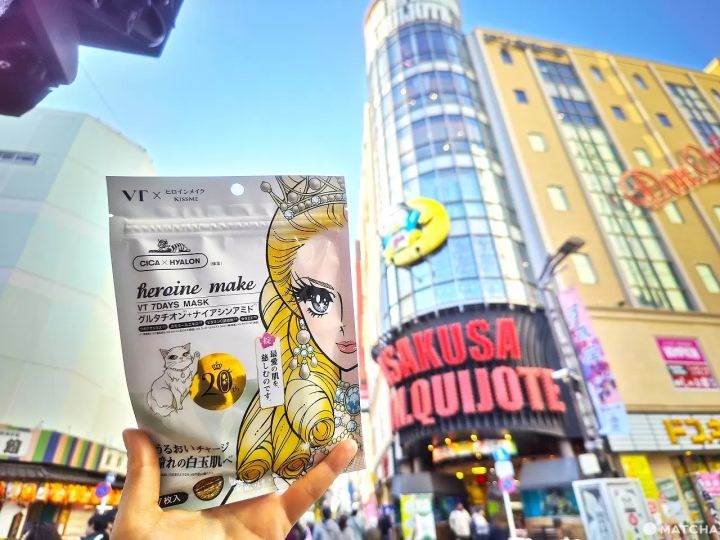

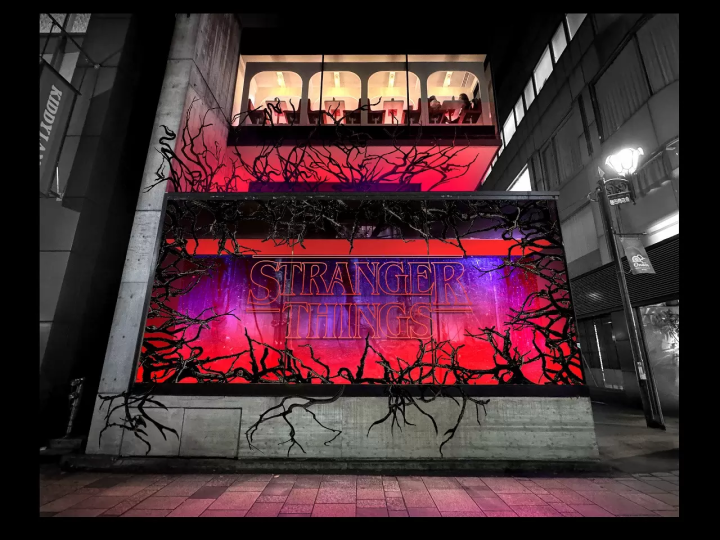
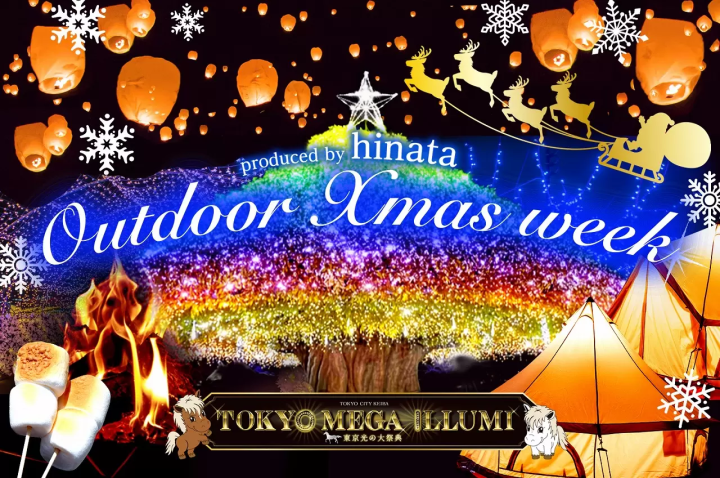
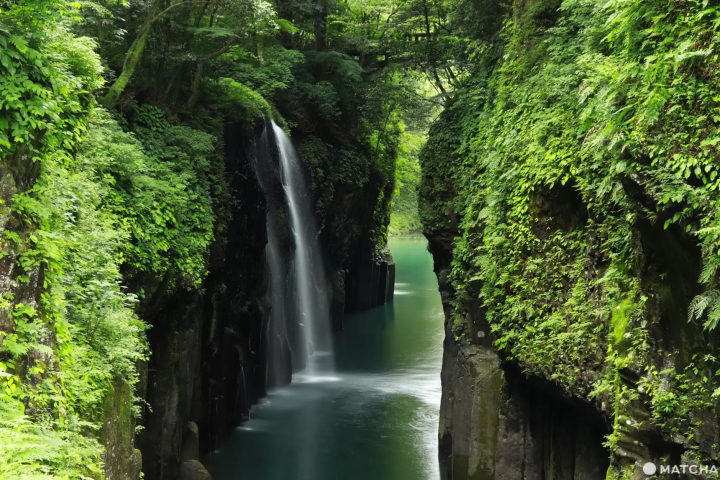




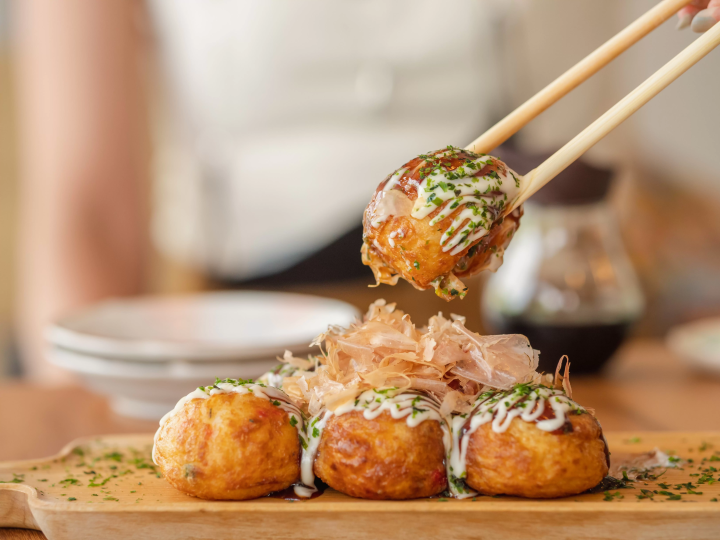
![[2026 Edition] FORMUAL 1 JAPANESE GRAND PRIX Information](https://resources.matcha-jp.com/resize/720x2000/2025/10/05-245984.webp)
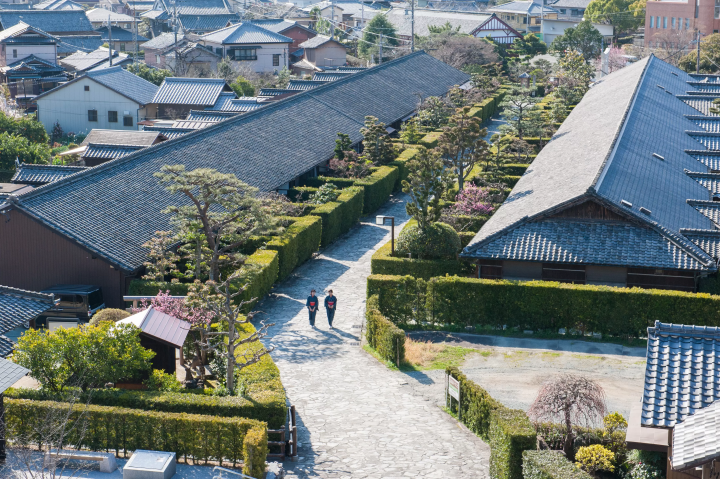
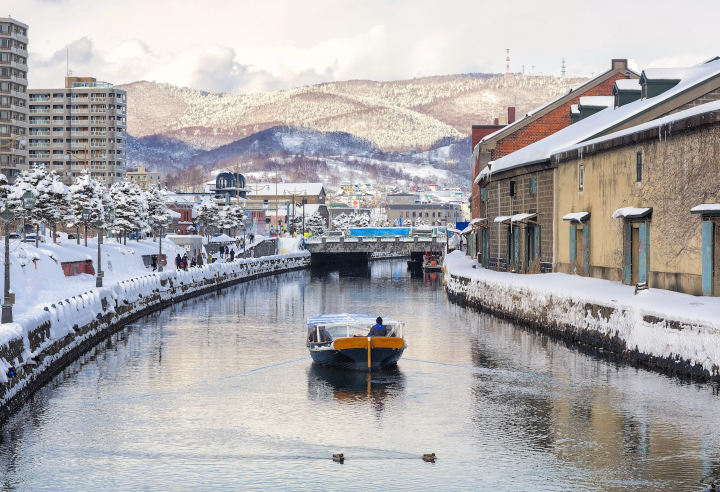
![[2025 Update] Namba's spectacular illuminations! "Namba Hikari Tabi" with approximately 1 million shining lights](https://resources.matcha-jp.com/resize/720x2000/2025/12/12-252825.webp)